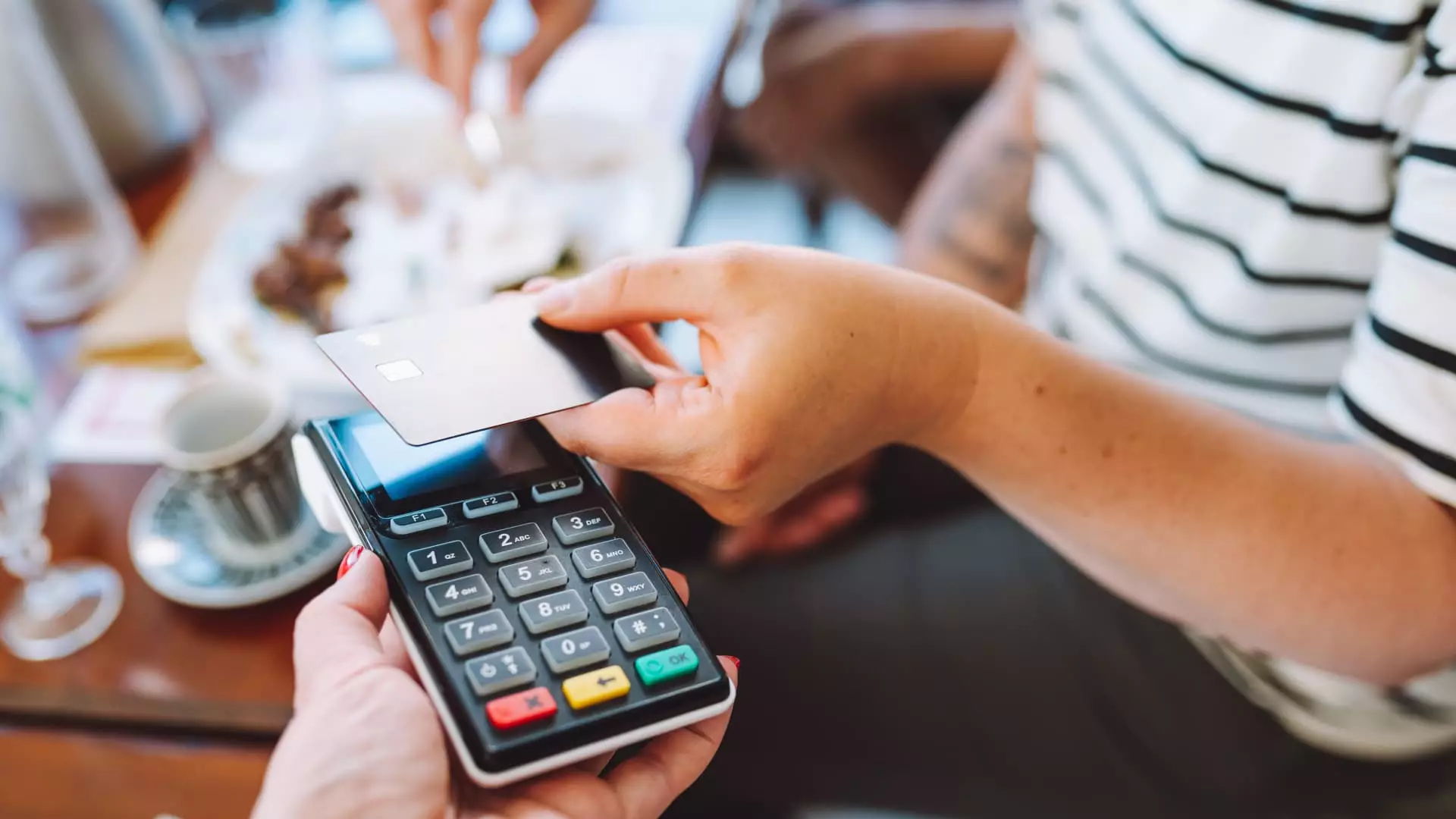In today’s consumer-driven society, using credit cards is a rite of passage for many. The convenience and flexibility they offer can be intoxicating, allowing individuals to purchase items that may exceed their immediate financial capacity. However, lurking beneath this apparent financial freedom is a treacherous practice known as “credit cycling,” which far too many consumers naively embrace without understanding the full ramifications. The seductive appeal of charging more than one’s limit might seem harmless on occasion, but this tug-of-war with financial discipline can lead to disastrous outcomes.
Understanding Credit Cycling
At its core, credit cycling involves maxing out a credit card and then promptly paying off the balance, thereby resetting the card’s available credit. This cycle can be likened to driving in the fast lane without consideration for speed limits. While a few transgressions might go unnoticed, offenders who habitually push their limits—financially and literally—risk severe penalties. This practice can be particularly enticing for individuals facing unexpected expenses or those eager to earn rewards points. Nevertheless, the potential damage is insidious, quietly undermining financial health and stability.
According to Ted Rossman, a senior analyst at CreditCards.com, the motivations behind credit cycling can stem from varied sources. Consider the individual needing to cover an emergency repair or the eager traveler wanting to finance a dream vacation—these scenarios can push responsible individuals toward a questionable strategy. But the convenience of quick credit can obscure the long-term consequences lurking in the shadows.
Risk Factors That Dwarf the Rewards
While the initial thrill of credit cycling might appear rewarding, the inherent risks are anything but trivial. Creditors are keen observers of consumer behavior, and repeated infringement of credit limits can raise red flags. As Bruce McClary from the National Foundation for Credit Counseling aptly notes, these repeated violations may not only lead to account closure but also impose damaging repercussions on one’s credit score. This transformation from credit user to credit risk can occur swiftly and silently, and once it does, restoring a healthy credit standing becomes a formidable challenge.
One commonly overlooked aspect of credit cycling is the toll it takes on credit utilization, which reflects how much of one’s available credit is being used. A higher utilization ratio signals to creditors a dependent relationship with credit, potentially leading to increased interest rates and fees, further exacerbating financial strain. With experts recommending a utilization rate of below 30%, it is alarming that many consumers inadvertently inflate their ratios through cyclical credit misuse.
Alternatives That Encourage Financial Well-being
Rather than engaging in credit cycling, consumers have numerous alternatives that foster healthier financial habits. For example, individuals can proactively seek higher credit limits or consider opening an additional card. Both strategies can expand available credit without the damaging cycles of maxing out and rapidly paying down existing balances.
Moreover, a proactive practice of making payments ahead of schedule can significantly benefit credit scores. By paying off balances mid-cycle rather than waiting until the end of the billing period, individuals can effectively lower their reported credit utilization, boosting their scores in the eyes of potential creditors. This strategy serves as a constructive workaround to the pitfalls of credit cycling, enabling individuals to utilize their cards responsibly without flirting with financial peril.
A Call for Responsibility in Financial Choices
At the end of the day, consumers must wield their credit cards with care. Understanding the nuances of credit utilization, card issuer policies, and the long-term implications of credit cycling is essential to navigating today’s financial landscape. The temptations of credit cycling are evident, yet it’s crucial to acknowledge that immediate gratification can lead to long-lasting consequences.
As we navigate the complexities of personal finance, it’s imperative for consumers to cultivate awareness around their spending habits. Strategies aimed at fostering responsible credit use will not only enhance credit scores but also promote a more stable economic environment for all. It’s time for consumers to take an assertive stance against the hidden dangers of credit cycling and arm themselves with the knowledge necessary for maintaining financial well-being. Doing so paves the way for a more responsible and rewarding credit experience—without the looming threats of risk and violation.

